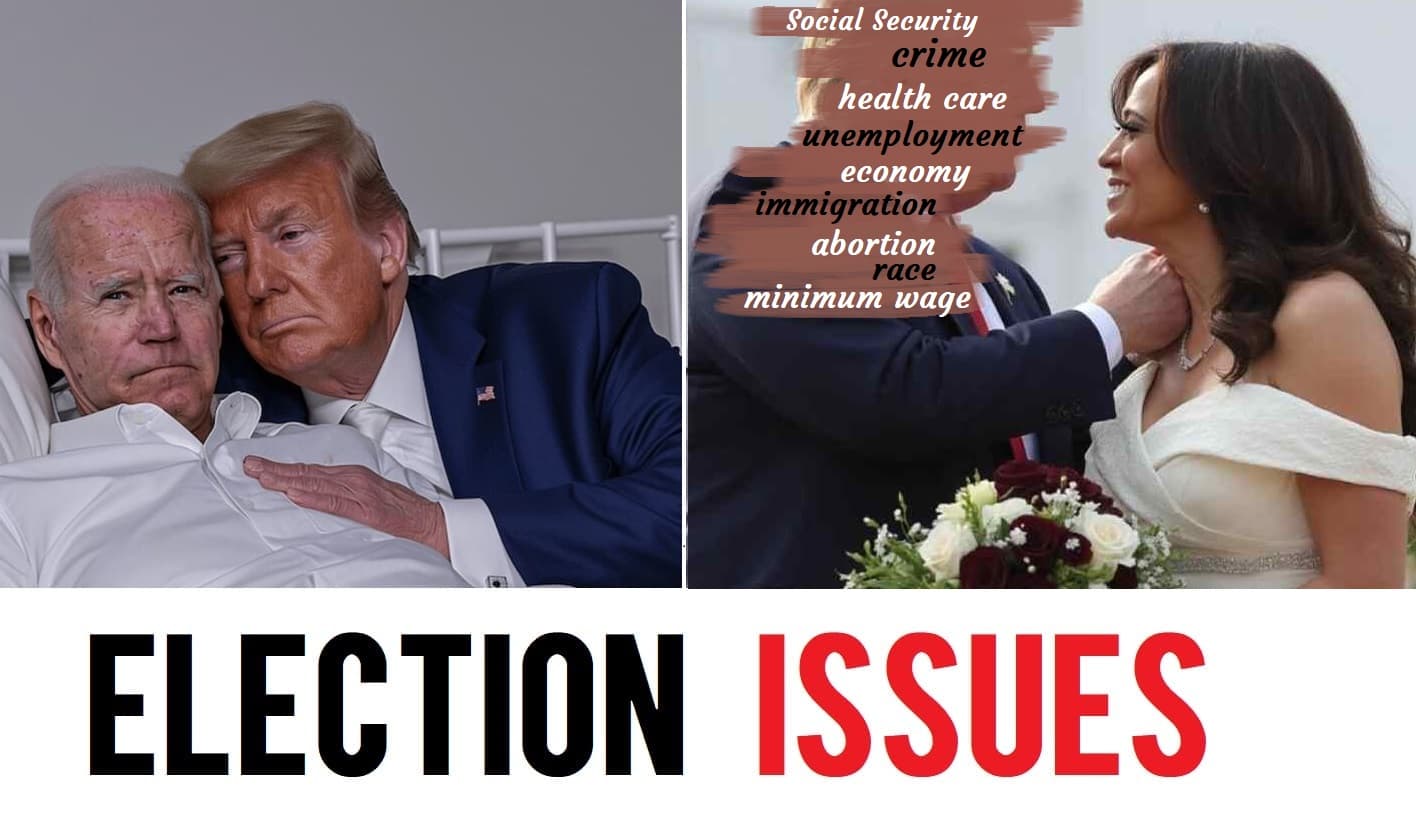Political violence is a term often thrown around in news and discussions about global and local conflicts. But what exactly does it mean, and why is it such a significant issue? This article provides a clear, detailed look at political violence, its types, impacts, and the role of media in shaping public perception.

What is Political Violence?
Political violence refers to acts of violence that are carried out to achieve political goals. It can range from protests and riots to terrorism and state repression. This type of violence is often intended to challenge or change the existing political order, influence government policies, or undermine public trust in authorities.
Key Points:
- Motivations: It’s usually driven by ideological beliefs, power struggles, or resistance against perceived injustice.
- Actors: Includes state actors (governments) and non-state actors (rebels, terrorists).
The Different Types of Political Violence Explained
Political violence can take many forms, each with its own characteristics and impacts:
- Revolutionary Violence: This aims to overthrow an existing government or political system. Example: The French Revolution.
- Terrorism: Uses violence to instill fear and achieve political goals, often targeting civilians. Example: The 9/11 attacks.
- Civil War: A conflict between groups within the same country, seeking control or autonomy. Example: The Syrian Civil War.
- State Repression: Government actions to suppress political dissent or opposition. Example: The crackdown on pro-democracy protesters in Myanmar.
Political Violence vs. Civil Unrest: Key Differences
While both involve public disturbances, political violence and civil unrest differ significantly:
- Political Violence: Often involves deliberate acts of violence intended to change political structures or policies.
- Civil Unrest: Generally refers to protests or disturbances caused by social issues or grievances but doesn’t necessarily involve violence.
Tip: Understanding the difference helps in analyzing the causes and solutions for each.
Historical Examples of Political Violence in the U.S.
Political violence has a long history in the U.S., including:
- The Civil War (1861-1865): Fought over issues like states’ rights and slavery.
- The 1960s Civil Rights Movement: Includes incidents of violence both from authorities and opposition groups.
- The January 6, 2021, Capitol Riots: An attempt by some to disrupt the certification of the 2020 election results.
How Political Violence Impacts Governance
Political violence can severely affect governance:
- Destabilizes Governments: Can lead to changes in leadership or policies.
- Erodes Trust: Reduces public confidence in political institutions and processes.
- Economic Costs: Often leads to significant economic damage and increased government spending on security.
Tip: Effective governance strategies include addressing root causes and promoting dialogue.
The Psychology Behind Political Violence
Understanding the psychology of political violence helps in addressing it:
- Radicalization: Individuals may become radicalized due to personal grievances or ideological influences.
- Group Dynamics: Violence can be driven by the behavior of groups and the pressure to conform to radical ideologies.
Tip: Prevention strategies should focus on addressing grievances and promoting psychological resilience.
Political Violence: Causes and Consequences
The causes of political violence are complex and varied:
- Economic Inequality: Disparities can fuel frustration and violence.
- Political Exclusion: Groups feeling marginalized may resort to violence to gain recognition.
- Historical Grievances: Past injustices can lead to ongoing conflicts.
Consequences:
- Human Suffering: Includes loss of life, injury, and psychological trauma.
- Disruption of Society: Affects daily life, including education, health services, and economic stability.
How Political Violence Shapes Public Perception
Political violence influences how people perceive their governments and societies:
- Fear and Distrust: Increases fear among the public and reduces trust in political institutions.
- Media Influence: How media frames political violence can shape public opinion and perceptions of legitimacy.
Tip: Critical media consumption and analysis are crucial for understanding the true impact of political violence.
The Role of Media in Framing Political Violence
Media plays a critical role in how political violence is perceived:
- Coverage Bias: Can shape the narrative by focusing on certain aspects while ignoring others.
- Sensationalism: Sometimes exaggerates violence for higher engagement, which can skew public perception.
Tip: Seek out multiple sources and perspectives to get a balanced view of political violence.
Political Violence in Modern Democracies
Even democracies are not immune to political violence:
- Polarization: Increasing political divisions can lead to violent clashes.
- Extremism: Both left- and right-wing extremist groups can engage in violence.
Tip: Promote inclusive politics and dialogue to mitigate political violence in democracies.
The Evolution of Political Violence Over the Decades
Political violence has evolved with societal changes:
- Early 20th Century: Often involved ideological battles between political factions.
- Late 20th Century: Rise of terrorism and state-sponsored violence.
- 21st Century: Increased use of digital platforms for recruitment and propaganda.
Tip: Understanding these trends helps in developing effective countermeasures.
Non-State Actors in Political Violence
Non-state actors, such as rebel groups and terrorist organizations, play a significant role in political violence:
- Rebel Groups: Seek to challenge or change existing governments.
- Terrorist Organizations: Use violence to achieve political objectives and create fear.
Tip: Addressing non-state actors involves both military and diplomatic strategies.
Political Violence in the Digital Age
The digital age has transformed political violence:
- Online Recruitment: Extremist groups use the internet to recruit and radicalize individuals.
- Cyberattacks: Increasingly used as a tool of political violence.
Tip: Cybersecurity and online counter-radicalization efforts are essential in the modern landscape.
How Rhetoric Fuels Political Violence
Rhetoric, or the use of persuasive language, can escalate political violence:
- Incitement: Leaders or influencers may use inflammatory rhetoric to provoke violence.
- Dehumanization: Describing opponents in dehumanizing terms can justify violence.
Tip: Encourage responsible communication and counter hateful rhetoric to prevent violence.
Comparing Political Violence Globally
Political violence varies widely around the world:
- Developed Countries: Often involves organized protests and occasional terrorism.
- Developing Countries: May include frequent civil unrest, insurgencies, or state repression.
Tip: Understanding global differences helps in crafting appropriate international policies and responses.
The Rise of Political Violence in the 21st Century
The 21st century has seen a notable rise in political violence:
- Increased Polarization: Political and social divisions have become more pronounced.
- Global Conflicts: Ongoing conflicts and crises contribute to the rise of political violence.
Tip: Address root causes and promote conflict resolution to combat this trend.
How Political Violence is Used to Achieve Power
Political violence can be a strategy to gain or maintain power:
- Repression: Governments may use violence to suppress opposition and maintain control.
- Revolution: Groups may use violence to overthrow existing regimes and establish new governance.
Tip: Understanding these dynamics helps in developing strategies for both prevention and resolution.
Political Violence and Human Rights Violations
Political violence often leads to significant human rights violations:
- Abuses: Includes extrajudicial killings, torture, and displacement of populations.
- International Response: Human rights organizations and international bodies may intervene.
Tip: Advocate for human rights and support international efforts to address violations.
The Legal Implications of Political Violence
Political violence has various legal implications:
- International Law: Includes conventions and treaties aimed at preventing and addressing violence.
- National Law: Governments may enact laws to combat political violence and terrorism.
Tip: Understanding legal frameworks helps in navigating the complexities of political violence.
How to Recognize Signs of Rising Political Violence
Early recognition of political violence can help in prevention:
- Increased Hate Speech: Rising levels of hate speech and rhetoric can indicate growing tensions.
- Unusual Military or Paramilitary Activity: Increased activity or mobilization can signal potential violence.
Tip: Stay informed and alert to potential warning signs to address issues before they escalate.
Understanding political violence is crucial for addressing and preventing its impact. By recognizing its various forms, causes, and consequences, you can contribute to more effective solutions and promote a more peaceful society.











